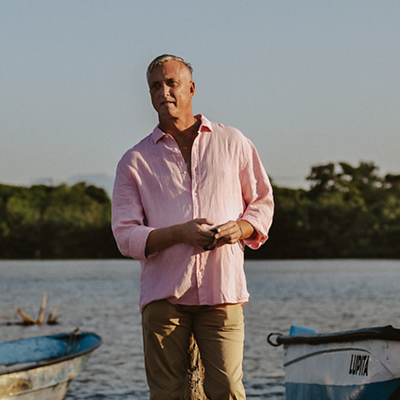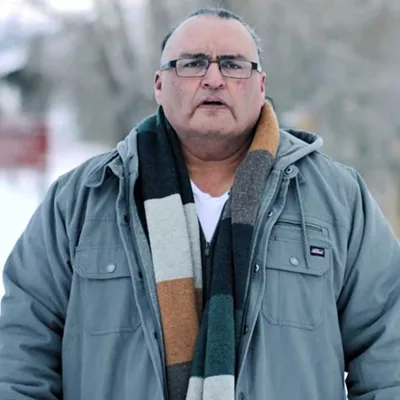As the Colorado River spills into the Gulf of California, extreme tides hit the warm sea. A constant upwelling of nutrients from the ocean floor feeds an abundance of life in the dynamic ecosystem surrounding Puerto Peñasco, Mexico.
For 30 years, Peggy and Richard Boyer have acted as international stewards of this extremely productive yet fragile environment.
"There are species that are found here that are found nowhere else in the world," said Peggy Boyer, the executive director of the Intercultural Center for the Study of Deserts and Oceans (CEDO).
Through conservation work and education outreach, CEDO has helped establish conservation programs with both the U.S. and Mexican governments to preserve the northern Gulf of California and its surrounding wetlands and deserts.
"In the last 10 years, CEDO has reached a critical mass where we have been able to start hiring talented, smart, energetic people who have been able to write grants and proposals," said Richard Boyer, co-director of CEDO. "It's the magic multiplier effect. The growth has allowed us to have a more complete impact."
The group works on both sides of the border and with local fisheries to come up with low-impact alternatives to hazardous commercial practices.
CEDO started the conservation project NaturArte to strengthen ties between tourists and local communities—in an ultimate effort to benefit the ecosystems.
"Ultimately, we want to connect fishermen to a market that helps them sell seafood as a sustainable product," said Peggy Boyer.
In 2007, CEDO worked with local oyster fishermen to start a restaurant in Puerto Peñasco. "A group of artists at the UA brought students down here who painted a beautiful mural on the walls of the restaurant," said Peggy. "Nature and art seemed like a good idea."
CEDO worked with the Mexican government to establish a conservation plan to save the vaquita porpoise, one of the world's most endangered marine mammals.
Local fishermen drove the vaquita porpoise to the brink of extinction through the use of gillnets. "Vaquitas get tangled in gillnets and die," said Peggy Boyer. By August 2008, only an estimated 150 vaquitas were left in the wild.
The Mexican government has invested $25.5 million in the project, helping fishing communities transition to more sustainable practices.
The center's work started in the 1970s when former UA professor and atmospheric physicist Carl Hodges came to Puerto Peñasco to start a commercial shrimp-farming project, said Richard Boyer.
"He got the ball rolling and hired Peggy to take over as the resident biologist of the project," he said.
Richard Boyer came to CEDO as an educator and helped develop a wide array of eco-adventures for visitors.
"If you want to get kids motivated in science, there is nothing more effective than getting them in the field," he said, adding that introducing young people to nature has been the highlight of his 30-year career with CEDO.
Both Richard and Peggy Boyer said one of the more difficult aspects of their job has been working internationally—on both sides of the border.
"The environment (on both sides) we are looking at is physically linked," said Richard Boyer. "The challenge, of course, is that you have to be in two places at once a lot of the time."
Of course, issues of immigration and violence cross the border as well, said Peggy Boyer.
"It affects the region for all of us," she said. "We are showing a way for our cultures to work together to try to do positive things."
Both Rick and Peggy Boyer will be in Tucson on Saturday, May 1 to celebrate CEDO's 30 years of conservation work. Hotel Congress will host the celebration, which kicks off with live music by Hector and the Javelinas at 2 p.m. Following the opening music act, Peggy and Richard Boyer will say a few words on CEDO at 2:45 p.m.
The event will feature live marine and desert animals, an award presentation by U.S. Rep. Gabrielle Giffords and stories of CEDO's past and plans for the future.






